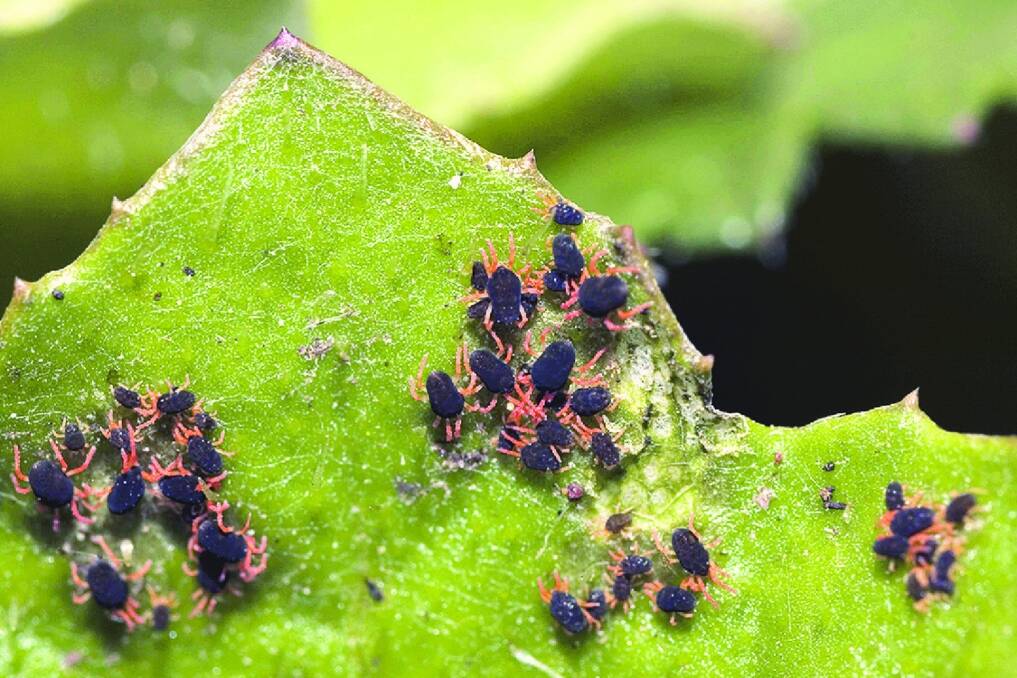
Redlegged earth mite (Halotydeus destructor) is the pasture pest that has been causing the most concern this autumn and winter, according to Department of Environment and Primary Industries land management extension officer Neil James.
Subscribe now for unlimited access to all our agricultural news
across the nation
or signup to continue reading
Although it will already have done most of its damage, early October may provide some opportunity for long-term control strategies, Mr James said.
On newly sown pastures and brassicas, redlegged earth mites can completely destroy new seedlings – this is the stage when the plants are most susceptible.
In older pastures, damage appears as whitening or silvering of the leaf surface; this reduces production and seed set for next year.
While mites can severely damage legumes, they also attack grasses and cereal crop species.
Adult mites are about 1 millimetre long and about 0.6mm wide and they have a black, velvety body and eight red legs.
The mites hatch after the autumn break, when a combination of low temperatures and adequate soil moisture provides favourable conditions.
These mites hatch from eggs laid over summer—the mites die at the start of summer and the eggs survive the summer in the dried bodies of the females.
Eggs laid by subsequent generations hatch within about a week of laying; there can be up to four generations of mites during the year.
Redlegged earth mites feed throughout the pasture growing season and can be seen running on the ground, or on the stalks and leaves of the plant.
They are best seen when you are on your hands and knees with a magnifying glass; on some occasions, a gentle rub of the ground may be necessary to get them moving.
Registered insecticides are available for immediate control of redlegged earth mite.
A long-term control strategy is to use the CSIRO Timerite system ( at http://timerite.wool.com ) to get the ideal spraying date for your property.

